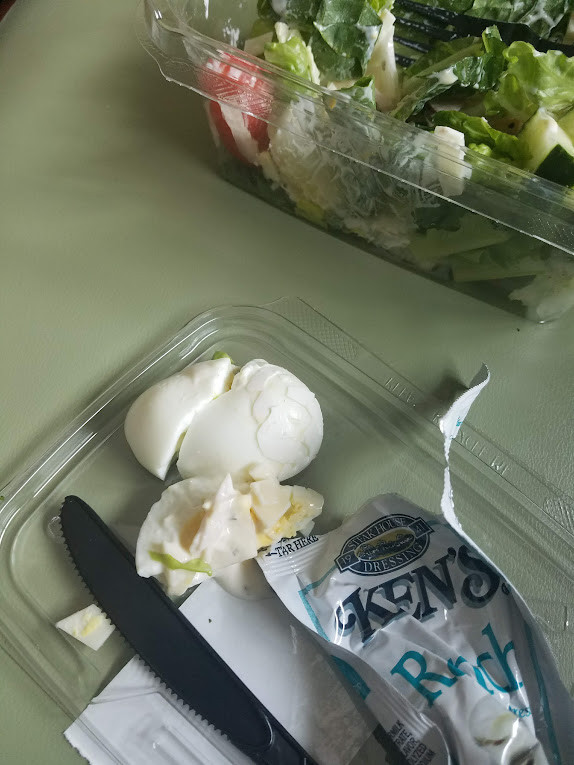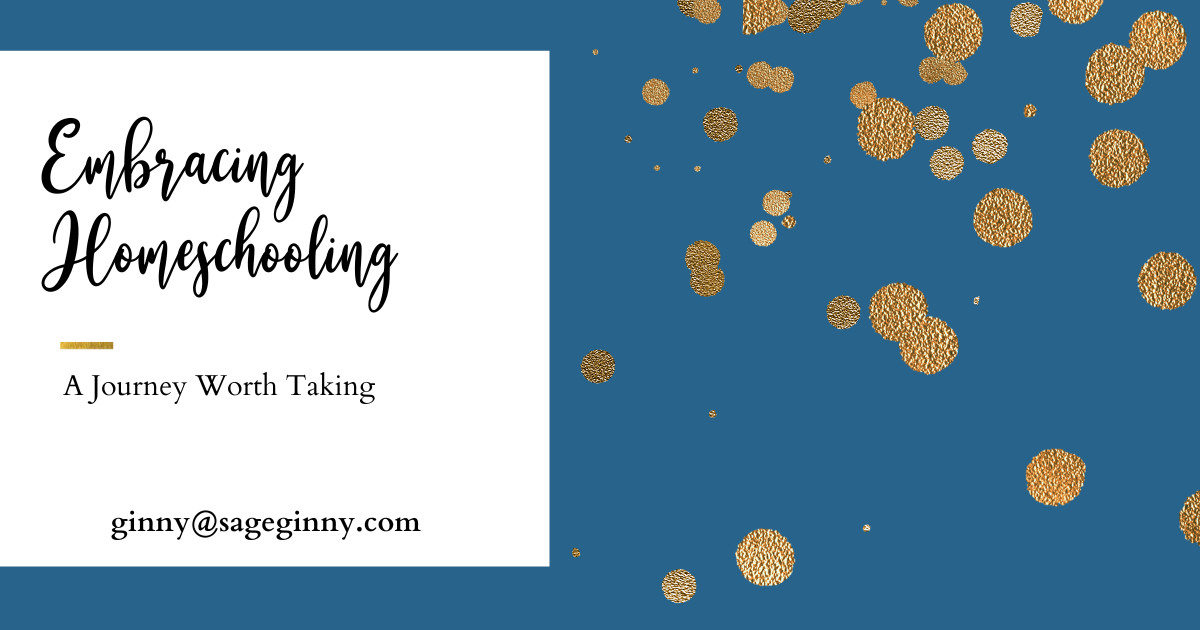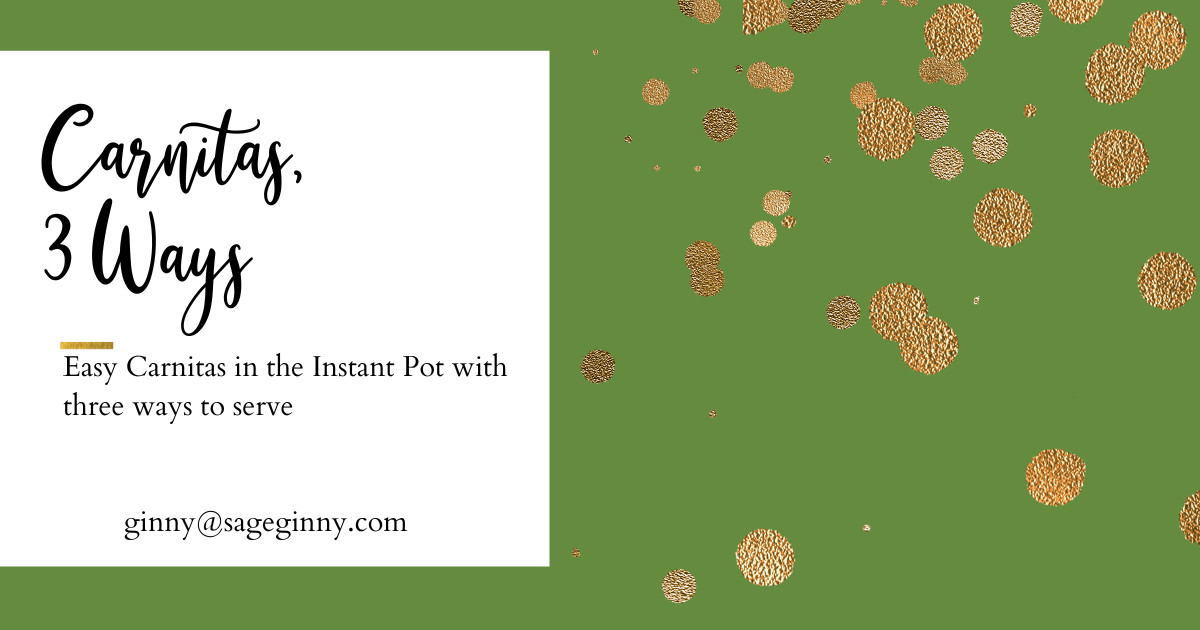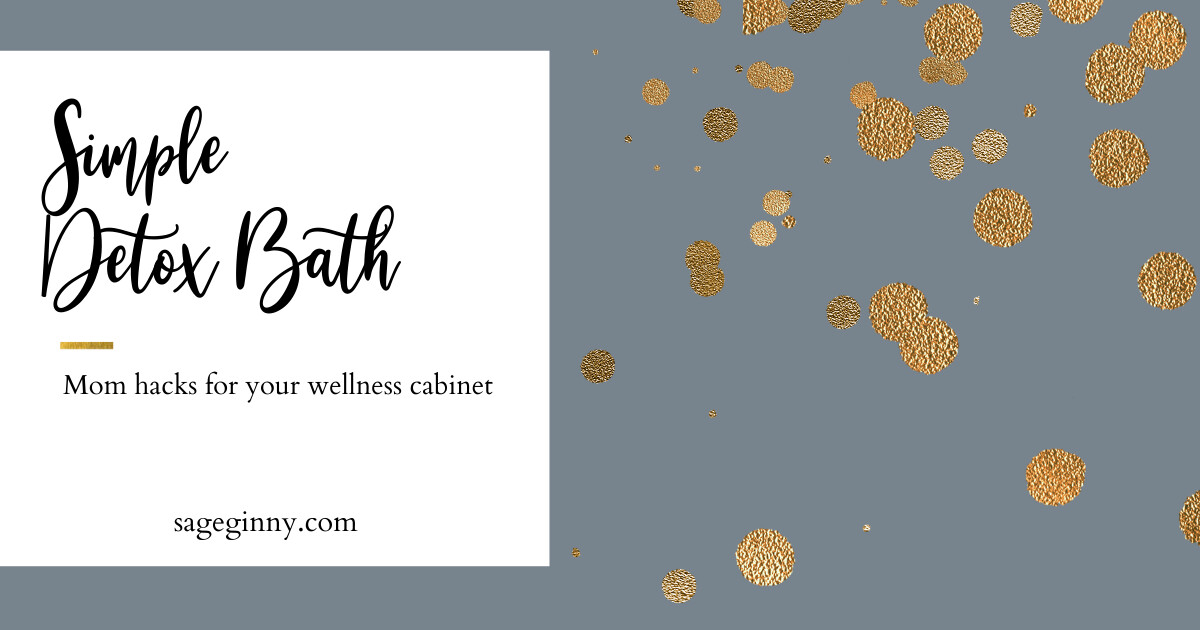

This is one of my favorite mom hacks. Simple to use, fantastic results.
What you'll need:
1 cup Epsom salts
1 cup baking soda
1 cup hydrogen peroxide
Essential oils are optional, but I highly recommend them! If you don't want to use them in the bath or foot soak, you can always use them after.
Simply combine in warm water and soak for 20 minutes.
Why do we use detox baths?
skin issues
respiratory stuff
elevated temperatures
simply feeling icky
when in doubt!
The benefit of these ingredients is amazing. For an adult, I usually double the recipe.
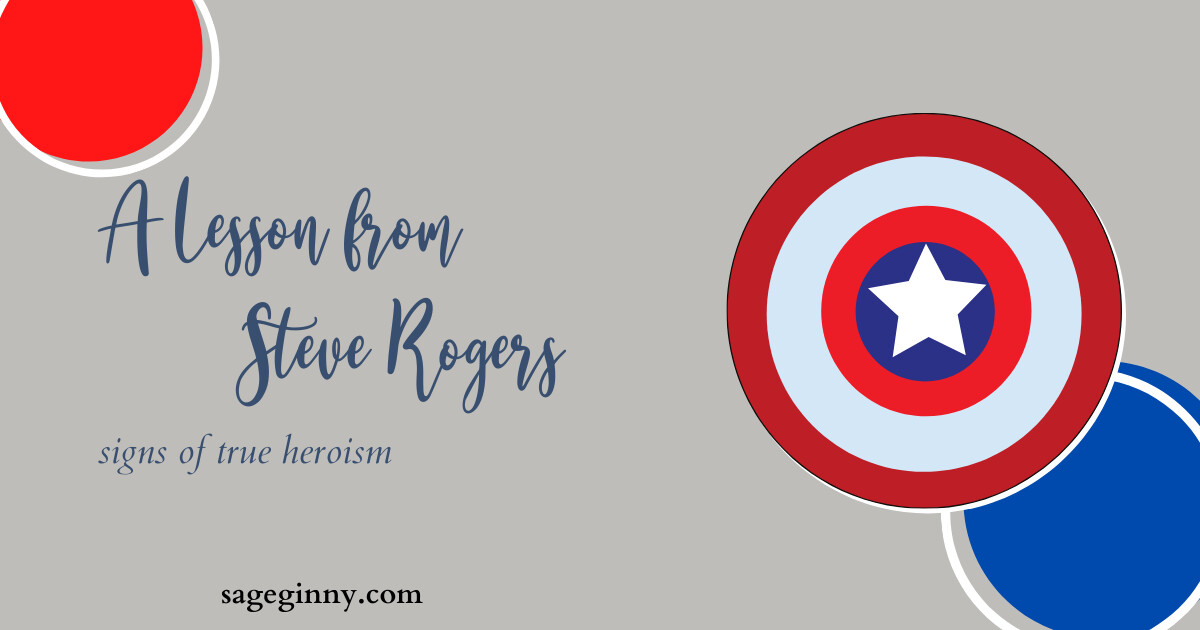
My youngest child turned on one of our favorite movies last night, Captain America: The First Avenger.
As often happens with a movie I love and have watched a million times, I found something that made me think a bit more deeply. In this case, it was the scene where Steve willingly throws himself on the grenade while the other boot camp soldiers scramble for safety.
Now, spoiler if you haven’t seen the movie … we all know that it was a test that backfired on Tommy Lee Jones’ character, and the grenade was never going to explode. What got me thinking is that all the movie viewers understood the following things: grenades are dangerous, Steve didn’t know it wasn’t a live explosive, and he was willing to sacrifice himself; ergo, Steve was a hero before ever becoming Captain America.
And then my brain went to this: What about the people who have been jumping on proverbial explosives for almost two years, yet those watching didn’t believe it was a real grenade? What if they called it a fake from the get-go? At best, they would laugh at or ridicule the sacrificial soldier. At worst, they would seek to destroy the character and employment of said person while sitting comfortably behind multiple social media platforms.
We’ve seen that destruction happen time and time again. We’ve also seen many of those dangers, initially shrugged off, proven true six months or so later. Is heroism then acknowledged? Most often, those espousing degrading behavior simply double, or even triple down. Sounds pretty depressing, right?
I’m here to tell the Steve Rogers that you are seen and appreciated. People have been quiet for a long time, but your courage has them slowly emerging and speaking up. Your sacrifice, real or perceived, has not been in vain. Remember, Steve was a hero long before the shield, even if only a few people knew it at the time.
Three Tricks for Dealing with Moms Who Want to Tear You Down (or Why You Should Build a Blanket Fort

About a month into the coronavirus lockdowns, several of my friends were actively freaking out online as they struggled to work from home while also making sure their kids were getting an education. Many schools hadn’t even decided on an online format at that point, and parents were rightfully concerned. As I kept seeing the social media posts of parents on the verge of a mental breakdown, I put my years of homeschooling experience to use and made this simple suggestion:
Let them build a blanket fort.
If there is anything I’ve learned about my children being taught at home, it is this: If momma is stressed, children pick up on it and often become stressed themselves, and no one can retain information in that environment. While we’ve tried different tactics over the years, a tried and true one is to take a few hours (or even a day) off, and an easy distraction that gets them to still use their brain is building a fort.
Well, several people supported my idea, most didn’t respond, and a couple … well, a couple acted like I had suggested they sacrifice their children to pagan gods. Okay, maybe not that bad, but they were extremely rude, saying I didn’t know what it was like to work from home (umm, I have my own business as well as leadership roles in several nonprofits) and that I had never had to juggle my job with teaching. (Been doing that for years, thanks.) I didn’t respond in kind, though, because I knew these women were reacting from a place of fear. They weren’t really angry with me; they were mad and feeling helpless. Still, they could have done better.
And I’m not going to lie – their ugliness hurt. Especially when about 6 weeks later, IKEA came out with instructions on how to build a fort in your home, and those same women were all over it. One even posted gleeful photos of how great the idea had been for her family. And that’s when it hit me: women should be even more supportive of other women now more than ever, but you’ll always run into the naysayers. So here’s how to deal with it.
1. You don’t have to answer every question. This was a hard one for me. If they ask the question on social media, they want an answer, right? Turns out, most of the time, no. They are asking to have their own viewpoint validated. So if you know your well-meaning advice is going to be attacked, save yourself the heartache and scroll on by.
2. Surround yourself with people who respect you, even if your views are different from theirs. We are fairly good at doing this in person, but most of us stink at it on social media … and that’s where people love to tear us down. You don’t need a huge inner circle (in fact, mine is fairly small), but having people you can share anything with, even if you disagree, will keep your emotional and mental health in a good state.
3. Let it out. It’s okay to have a cry or get mad over being treated unfairly, as long as you work through that and find a positive solution. I find it helps to have my husband or a trusted friend as a sounding board. And getting upset doesn’t mean you are weak; in fact, it shows you truly care versus the person who felt the need to be a keyboard warrior. Those failings are on them, not you.
If all else fails, I’m here for you. I know that hurt. I’ll be supportive, but I’ll also be honest with you. And I can give you some killer ideas for your next blanket fort.
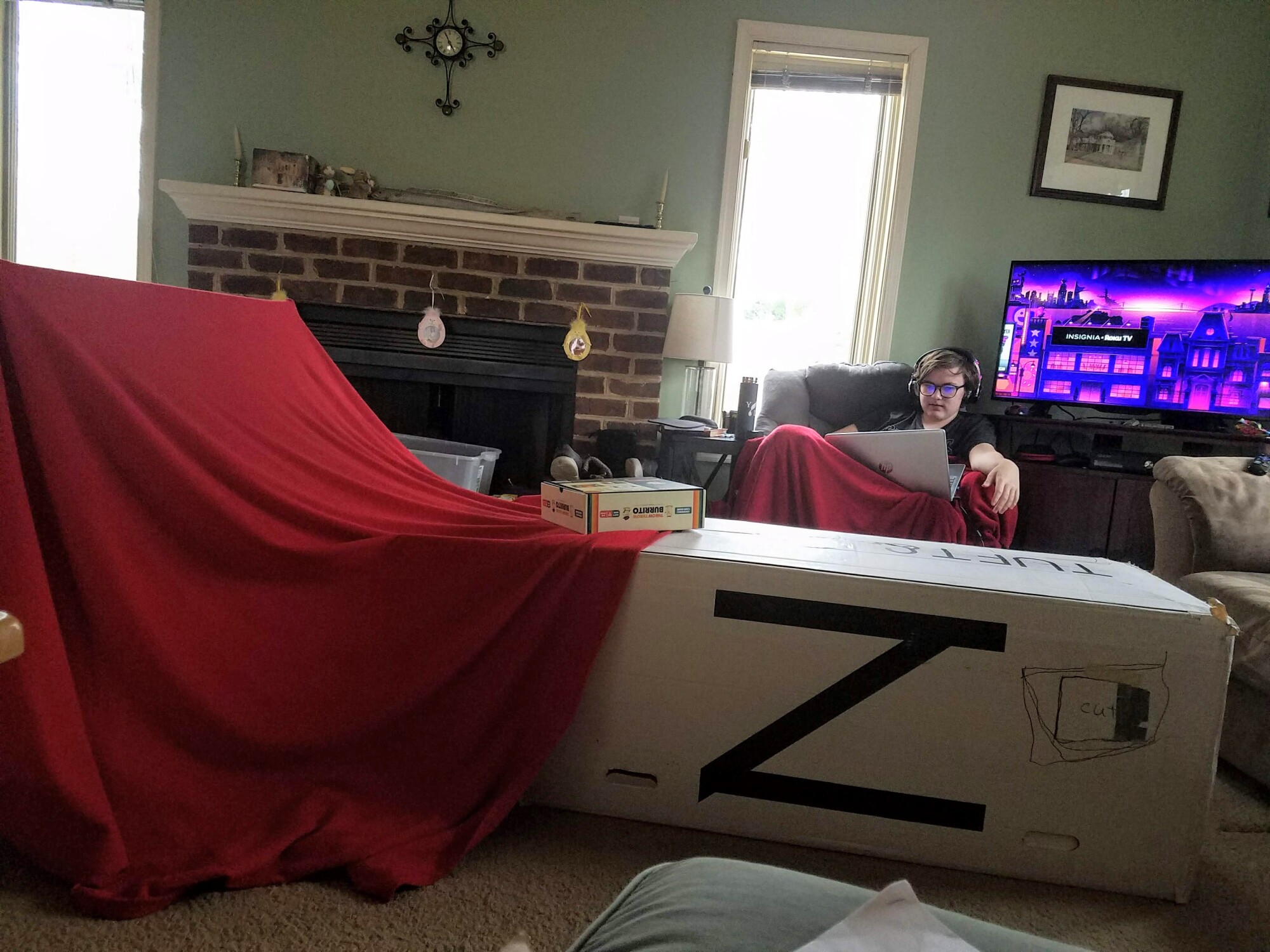
If you want to join a like-minded, supportive community, we would love to have you join us at Old Souls with New Ways.

Years ago, when we first made the decision to homeschool, one of the first things we did was to plant a butterfly garden. The kids had so much fun choosing plants and seeds, and I let them plant without any particular plan in mind. Every year we add a few more plants, but this year we are really upping our game, hopeful for a bustling butterfly location. Since so many people are becoming aware of the importance in supporting pollinator populations, I thought some simple tips would help you get started.
1. Know your growing zone. If you’ve never gardened before, a simple online search will tell you what the zone is for where you live. Fortunately, many butterfly-friendly plants are hardy across several zones, so you’ll have plenty from which to choose. It is a suggestion because you don’t want to invest your time and energy into a gorgeous plant that really only likes to grow in Florida if you live in Maine.
2. Decide your feelings about native versus non-native plants. Some people have VERY strong opinions on this subject, so be forewarned before you engage in online conversation on this topic. There are many wildflowers and local options if you want to stick with those. My personal thought (which counts for nothing, so feel free to ignore it) is that weather can often cause butterflies to be off course of their usual areas, so I plant a variety of host and nectar plants.
3. Choose both host and nectar plants, as well as some resting spots. What the heck does that mean, you ask? Host plants provide places for butterflies to lay their eggs, and some also give the caterpillars food to eat as they grow. Nectar plants provide the nutrition to the butterflies once they undergo metamorphosis. Resting spots, such as rocks or a small birdbath, provide downtime from flapping those beautiful wings.
Need help deciding? There are so many plants from which to choose, so here are a few of my favorites. I love mixing in herbs with flowers!
Host plants: parsley, dill, fennel, Baptisia
Nectar plants: butterfly bush, purple coneflower, bee balm, black-eyed Susan, sedum, zinnias, yarrow, verbena, lantana, salvia, cleome, common sage
Both: butterfly weed, aster, Angelica, perennial snapdragons, daisies
If you want a more organized butterfly garden, you can find lots of free plans online. For a free printable garden journal, you can find a great one here.
Happy planting! Please send me photos of your wonderful creations!






